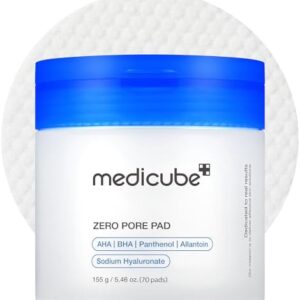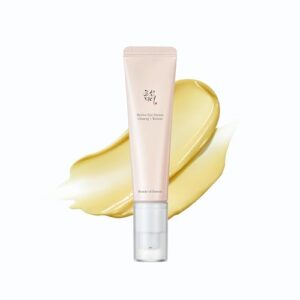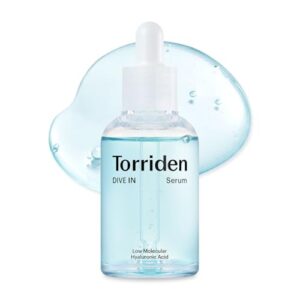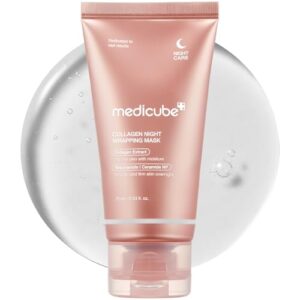How to Identify Your Skin Type
Learn how to identify your skin type and product picks for every skin type with BazighaProducts.
Skin Type
Understanding Different Skin Types
Are you about to embark on your skincare journey without knowing your skin type? Understanding your skin type is the first step towards a successful skincare routine, empowering you with the knowledge to make informed decisions about your products and treatments. Everyone’s skin is unique and different. And it reflects your health, lifestyle, age, and even your mood. Your skin can be influenced by genetics, hormones, stress, humidity, and the natural aging process. Therefore, different skin types have varying skin concerns and needs. Using the wrong products for your skin type can lead to issues such as dryness, oiliness, or sensitivity. Knowing your skin type is essential for developing an effective skincare routine and selecting the right products. There are five common skin types: normal, dry, oily, sensitive, and combination, each with its unique requirements and concerns.
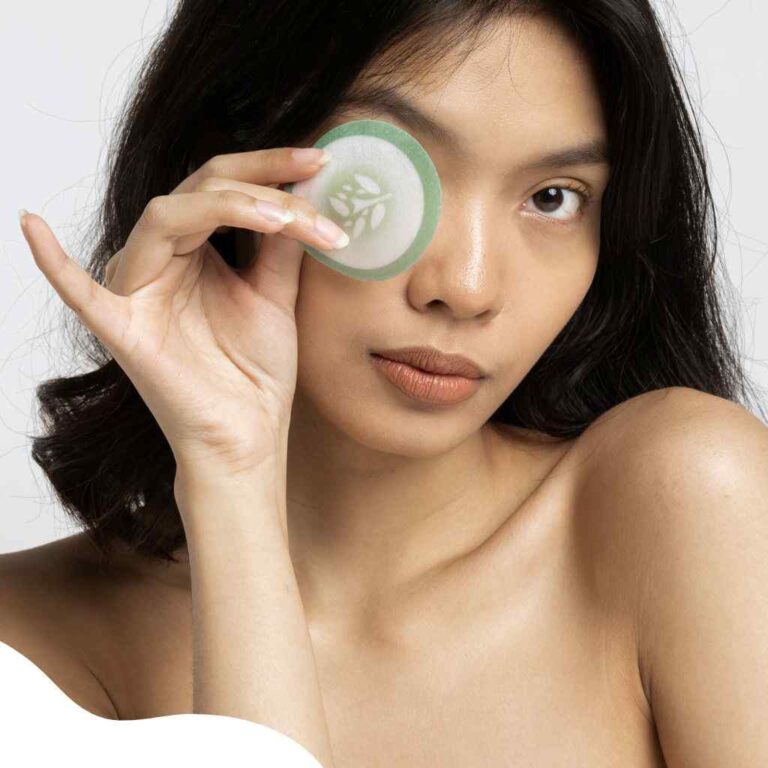
What does normal skin look like?
Eudermic skin is known as normal skin. Normal skin is the least problematic. People with normal skin typically have a balanced, smooth texture, small pores, and a healthy-looking complexion. It doesn’t contain excessive oil or dryness, but is well-balanced. If your skin gives you a hydrated and comfortable look, then you’ve a standard skin type. Having a normal skin type doesn’t mean that you should rely on your laurels. Your skin still requires protection and hydration, and maintaining a consistent skincare regimen can help it remain healthy in the long run.
What does Oily skin look like?
If the skin’s sebaceous glands produce excessive sebum, it can lead to oily skin, especially in the T-zone (forehead, nose, and chin). However, oily skin is often greasy or shiny, and acne and pores become clogged easily, resulting in outbreaks. This gland can be activated by stress, humidity, heredity, or even hormonal fluctuations. It could also be beneficial for those with oily skin. According to the American Academy of Dermatology, people with oily skin may have fewer wrinkles. Oily skin can make it difficult to apply sunscreen and cosmetics, which can be frustrating. However, if your skin falls into this category, look for treatments that help balance excessive oil.
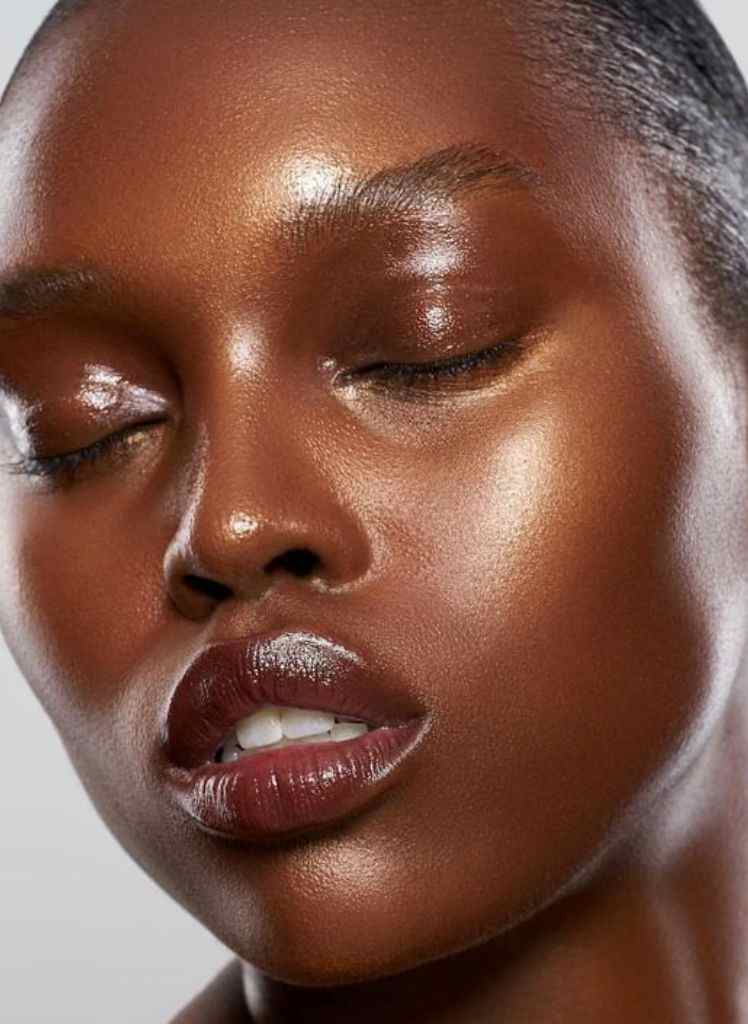

What does dry skin look like?
The opposite of oily skin is dry skin. Dry skin doesn’t produce enough sebum. That’s why your skin looks dull, rough, flaky, feels tight, and causes premature aging, itchy patches, and redness. The skin has reduced elasticity and has become irritated as a result. Dry skin requires a lot of moisturizer, especially when you wake up or after washing your face. To boost moisture levels in dehydrated skin, use serums and hyaluronic acid-containing products.
What does sensitive skin look like?
The sensitive skin isn’t determined by how much oil it produces. Sensitive skin is more reactive and prone to irritation from environmental factors, including weather, fragrances, skincare products, and pollutants. It can lead to a weakened skin barrier, skin burns, stings, or itches. Rosacea can also cause skin sensitivity. If your skin is sensitive, then it needs moisturizer. However, it’s challenging to find one that doesn’t cause irritation and a reaction on the skin. However, sensitivity is not always visible—it can also be determined by how the skin feels.
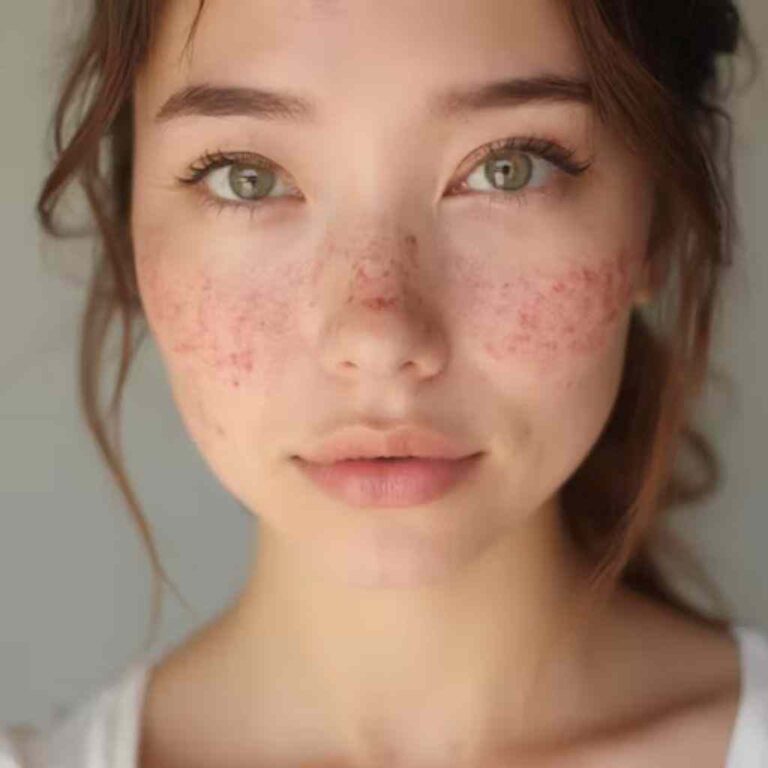

What does combination skin look like?
Combination skin exhibits two or more distinct skin characteristics, such as dryness and oiliness. Those with combination skin will have an oilier T-zone (forehead, nose, and chin) while their cheeks will be drier. Variations in the combination skin type may occur more frequently throughout the year or as a result of several variables, including hormonal fluctuations or stress. Combination skin might be more challenging to properly care for because different parts of the skin require various treatments.
SKIN TYPE
OTHER METHODS
The Wait and Watch Method
The wait-and-watch test is also known as the bare face method. This method is a quick assessment to know about your skin type. Let’s try. Wash your face with a cleanser and pat it dry with a soft towel. And leave your skin for about an hour without applying any product. After an hour, observe your skin condition. If you feel rough, tight, and uncomfortable, it’s likely due to dry skin. Excessive Oil on your face means that you have oily skin. Suppose you notice that T-zone areas are oily, while the cheeks are tight and dry, then you probably have a combination skin type. Sensitive skin can be prone to irritation and itching, often displaying a reddish color. Lastly, normal skin appears to be hydrated and well-balanced.
The Tissue/Blotting Paper Test
After cleansing, press a blotting paper or tissue on your face. If there is no Oil on the paper, then your skin is dry. Excessive Oil on paper indicates that you have oily skin. If you see Oil only in the T-zone, you likely have combination skin. Standard skin type leaves no Oil or trace on tissue paper.
The touch and feel method
You can determine your skin type by simply running your fingers over your face. Rough, tight, flaky skin indicates dryness. Oily skin is slick and greasy to the touch. Oily skin feels slippery and greasy. If you have combination skin, your cheeks may feel dry and greasy in the T-zone. Sensitive skin reacts negatively to touch, showing signs of redness or irritation. A normal complexion feels smooth to the touch and has a constant texture. It feels neither excessively oily nor dry.
The Wait and Watch Method
The wait-and-watch test is also known as the bare face method. This method is a quick assessment to know about your skin type. Let’s try. Wash your face with a cleanser and pat it dry with a soft towel. And leave your skin for about an hour without applying any product. After an hour, observe your skin condition. If you feel rough, tight, and uncomfortable, it’s likely due to dry skin. Excessive Oil on your face means that you have oily skin. Suppose you notice that T-zone areas are oily, while the cheeks are tight and dry, then you probably have a combination skin type. Sensitive skin can be prone to irritation and itching, often displaying a reddish color. Lastly, normal skin appears to be hydrated and well-balanced.
F.A.Q.
Yes, as your skin changes over time, so can your skin type, which can also change due to various environmental factors, genetics, hormones, or other health issues. Oily skin might become dry, combination, or sensitive. It may change due to the weather sometimes in summer; normal skin may become dry in winter. And oily skin may become combination or normal. It is also important to note that as skin types change, the regimen must be adjusted accordingly.
Firstly, your genes determine your skin type, which is characterized by five types: normal, dry, oily, combination, and sensitive. The skin condition describes your current skin situation, influenced by various internal and external factors, such as your skincare routine, diet, hormones, or other health issues. Skin conditions include acne, dryness, dehydration, sensitivity, redness, and hyper-pigmentation, among others. Although skin conditions can be temporary and susceptible to change, skin types tend to remain relatively permanent.
What you eat and your skin condition are reflected in your skin complexion. Diet plays a crucial role in maintaining the health of our skin. A diet rich in minerals, antioxidants, and healthy fats promotes healthy skin. Many skin diseases, such as aging, acne, and eczema, are linked to poor diets. Medical dermatologists emphasize the importance of consuming a proper diet to support a clean, radiant complexion. Because the link between diet and skin health is undeniable.
No, skincare products may temporarily alter your skin type. Your skin type is determined by genetics, hormones, and age, rather than by the products you apply to your skin. But right skincare products—or the wrong ones—can temporarily affect the way your skin does so, giving the impression that your skin type has changed.
